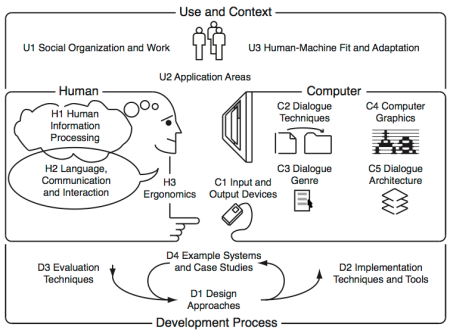The best UX and design conferences in 2017
A complete guide for designers who are looking for events and conferences to attend this year, or who are simply planning their next trip around the world.
by Fabricio Teixeira
A great way of learning more about User Experience and getting in touch with professionals who share the same passion as you is to attend UX Conferences and UX Events happening every year around the globe.
The events listed are the ones our team at uxdesign.cc have been to or would like to attend in the near future. Make sure you charge your smartphone, bring some business cards in your pocket and consider including one of these design events before or after your next trip.
uxdesign.cc
A complete guide for designers who are looking for events and conferences to attend this year, or who are simply planning their next trip around the world.
by Fabricio Teixeira
 |
| Photo credit: Knak |
A great way of learning more about User Experience and getting in touch with professionals who share the same passion as you is to attend UX Conferences and UX Events happening every year around the globe.
The events listed are the ones our team at uxdesign.cc have been to or would like to attend in the near future. Make sure you charge your smartphone, bring some business cards in your pocket and consider including one of these design events before or after your next trip.
- Events about creativity and technology
- Get together with local UX groups
- Follow events in your area
uxdesign.cc




